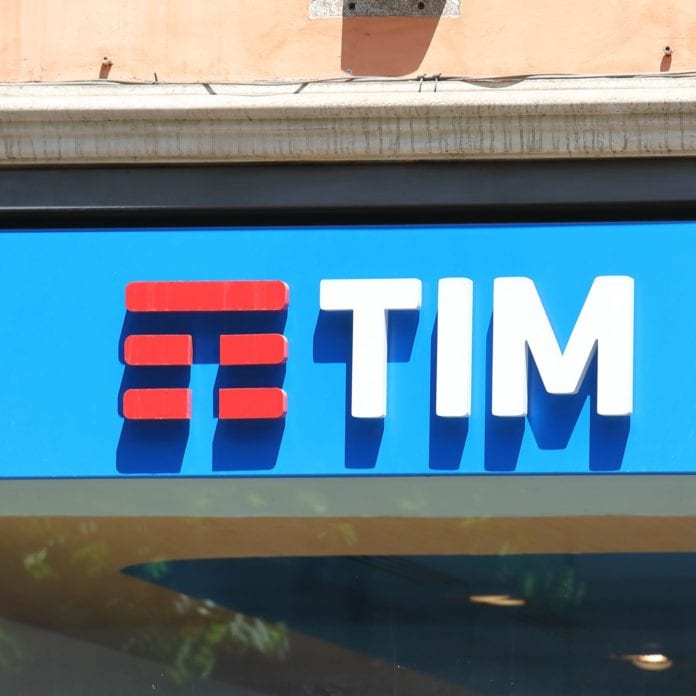Telecom Italia (TIM) launched an Open Test and Integration Center (OTIC), a lab dedicated to testing Open RAN solutions, the telco said in a release.
The new “TIM European OTIC Lab”, approved by the O-RAN Alliance, will be based at the TIM Group’s Innovation laboratories in Turin.
The new facility will operate in synergy with the entire Open RAN ecosystem-equipment providers, start-ups and system integrators, to test new solutions and accelerate the deployment of this technology for the new pan-European mobile network architecture based on 5G, Cloud and Edge Computing, TIM said.
The TIM European OTIC Lab “promotes the opening of the O-RAN ecosystem by developing implementations and solutions, by testing and verifying the compliance of RAN equipment (antennas, radio base stations, etc.) from individual or different suppliers with the specifications of the O-RAN interfaces and by providing technical results to the community on the experiences gained during testing,” the operator noted.
“For over-the-air testing, several anechoic chambers for both sub-6GHz and millimeter-wave testing are available in addition to shielded rooms/boxes. In-field outdoor measurements are made possible also in one of the two premises. Concerning the security aspects TIM facilities include the Security Lab that is able to perform: security features verification, functional and performance security tests of the RAN elements, with the starting focus on E2E testing,” the O-RAN Alliance said in a separate release.
TIM also highlighted that it has recently implemented Open RAN technology on a live network in the city of Faenza. This deployment was the result of a cooperation with U.S. firm JMA Wireless.
TIM has been a member of the O-RAN Alliance since 2018 and last February, the telco signed a Memorandum of Understanding with a number of European operators to promote Open RAN solutions.
In January, European operators Deutsche Telekom, Orange, Telefónica, and Vodafone had joined forces to support the rollout of O-RAN in future mobile networks across Europe.
The four carriers signed a memorandum of understanding in which they have expressed their individual commitment to the implementation and deployment of Open RAN solutions.
The operators said they will also work together with existing and new ecosystem partners, industry bodies like the O-RAN Alliance and the Telecom Infra Project (TIP), as well as European policy makers, to ensure Open RAN quickly reaches competitive parity with traditional RAN solutions.
In traditional RAN, the networks are deployed using fully-integrated cell sites, where the radios, hardware and software are provided by a single supplier as a closed proprietary solution. With Open RAN the industry is working towards standards and technical specifications that define open interfaces within the radio system, including hardware and software, so that networks can be deployed and operated based on mix-and-match components from different suppliers.

